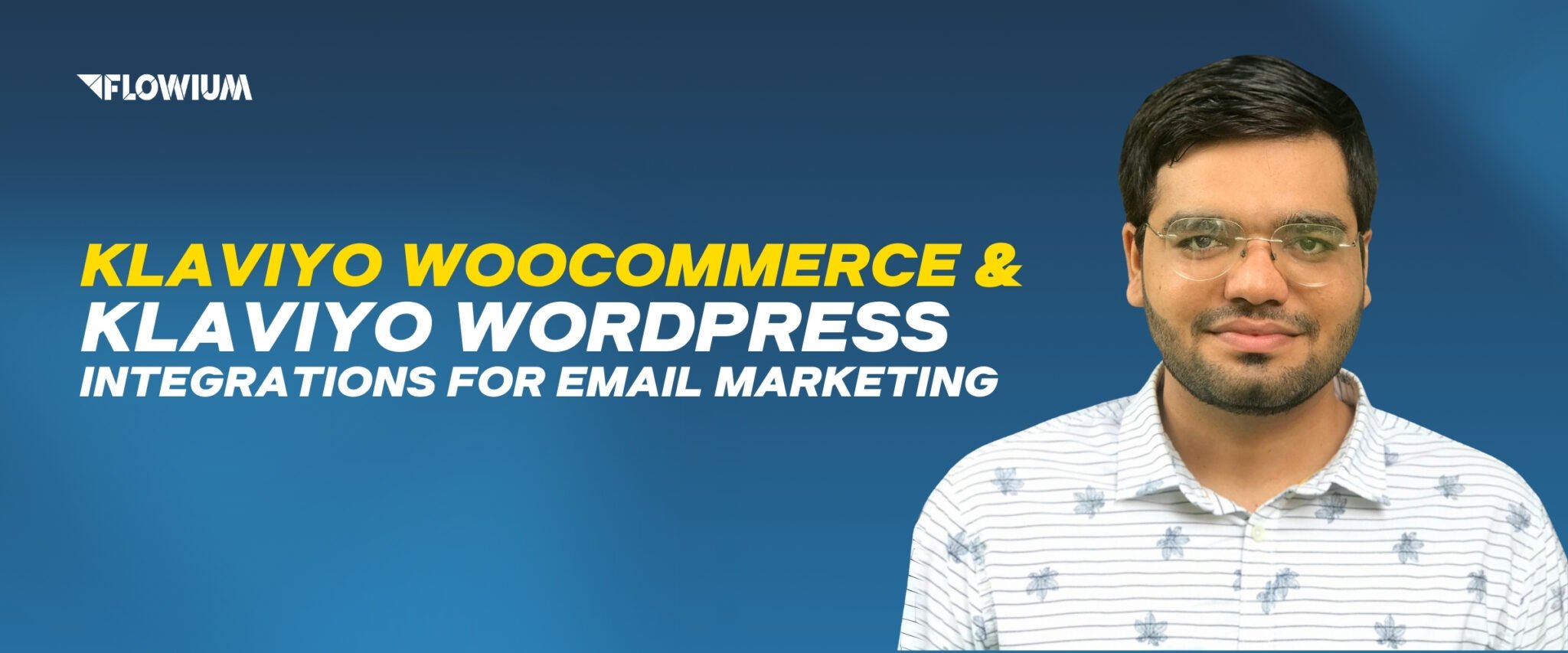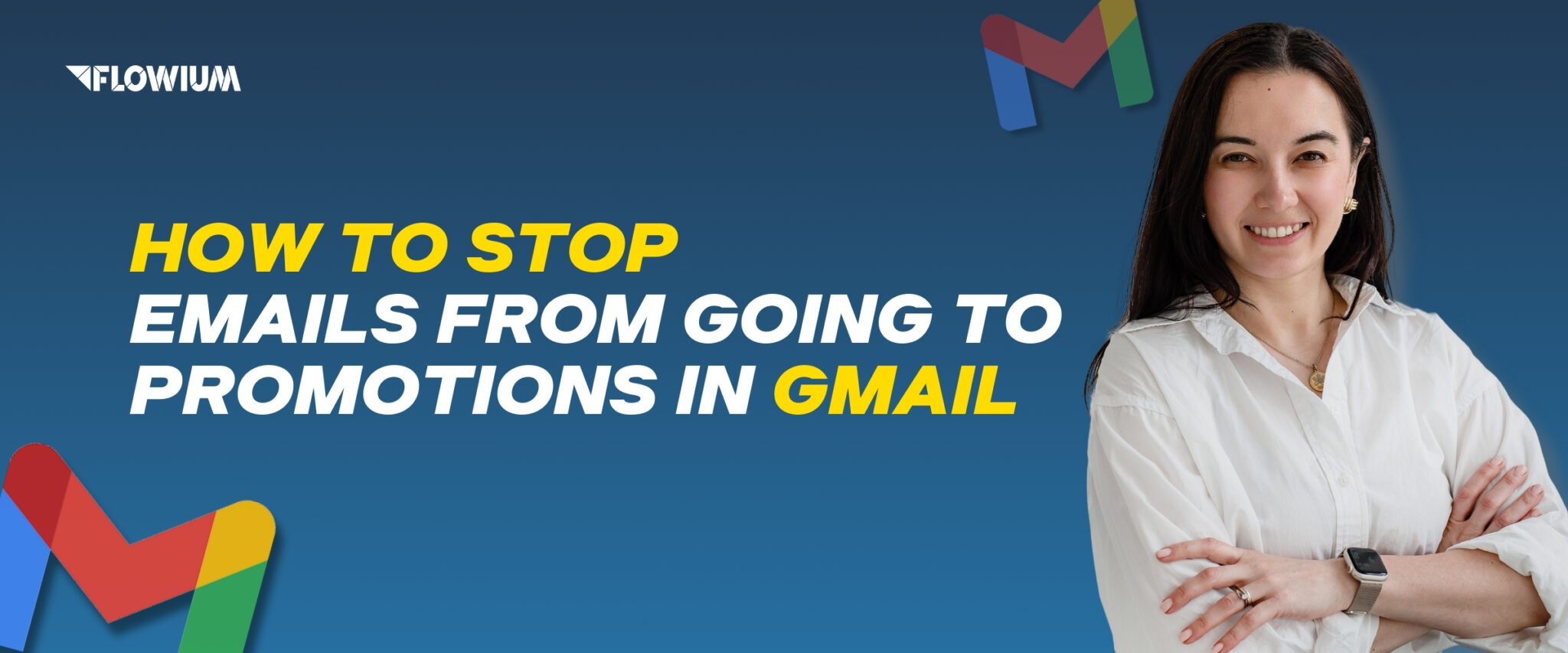With a winback email, you reach out to subscribers who are no longer active. Your goal is to get them to return as active customers.
The best winback emails and campaigns tend to consider subscribers inactive after six months, but you can choose another time period that makes sense for you.
Why Winback Emails Are Important
The biggest reason that winback emails are so useful is that they let you ensure you target all of your leads.
Without these emails, you will keep failing to reach a large segment of your base. Winback emails are also a great way to gain customer loyalty and encourage past customers to make repeat purchases.
Any method of reaching existing customers is a smart investment, as it costs five times less to reach existing customers than new ones.
On top of that, loyal customers are seven times the chance of trying new products, five times the chance of making repeat purchases, and four times the chance of referring others.
On top of that, 45 percent of people who receive winback emails will open your emails in the future.
With the importance of these emails in mind, take a look at winback email best practices and examples of those practices in action.
Best Winback Emails and Best Practices: Content
Content is a great place to start when crafting your winback emails. There are a few considerations when it comes to best practices for the content.
Customer Winback: Email Types and Examples
The biggest factor affecting the content in the best winback emails is the type of email you want to send.
In fact, the main difference between these types of emails is the content. That being said, some also have slightly different goals, although all have the overall goal of reengagement and repeat purchases.
You may see winback emails classified in several ways, but the following types are very common:
- Friendly Reminders: This should be the first type of winback email you send. It is gentler and tends to have product recommendations or company news.
- Feedback: This email directly asks recipients why they aren’t engaged.
- Incentives: These emails contain discounts, coupons, or other incentives.
- Last Chance: This type of email will let recipients know they will be automatically unsubscribed unless they take action. It plays on the fear of missing out.
- Product Recommendations: The main content of this type of email is product recommendations. It hopes to overcome either the idea that you have too many products to sort through or that you don’t have any products the recipient wants.
- Refreshers: This type of email reminds recipients about your brand and what makes it so special. It aims to help them remember why they signed up for your email list in the first place.
- Social Proof: This email features social proof like reviews. It aims to build trust in your brand and products.
- Unsubscribe: You send this email after someone unsubscribes or you unsubscribe them (after a last chance email). It lets them know that they are off the list, but you would love it if they returned.
The content in various types of winback emails can also be motivational or emotional.
For example, the last chance email would be emotional, playing on the fear of missing out.
Refresher emails are more motivational, as you try to motivate recipients to reengage by telling them about your company.
Avocode has a great example of a winback email that addresses a likely reason for inactivity.
This email has the subject line “Was Avocode too slow for you?” and repeats it within the body. It then lets recipients know that the company fixed the problem.

Elements a Winback Email Must Contain
No matter the content, winback email best practices mean you should always include the following in your email:
- Personalization
- Segmentation
- A solution for the reason the recipient is not engaged
- A list of the benefits of your brand or products
- Part of a series
- Incentives
- The option to unsubscribe
- Contact information
- A/B testing to improve
Winback Email Best Practices: Subject Lines
Your subject line will always influence whether you create the best winback emails.
After all, you are sending winback emails because people are no longer opening or engaging with your emails. You need to create a subject line that encourages them to open it.
To avoid underestimating the importance of the subject line, consider that 47 percent of recipients choose whether to open emails because of the subject line.
On top of that, 69 percent of recipients look at the subject line to decide if the email is spam.
Winback Email Best Practices Checklist for Subject Lines
As you craft the subject line for your winback email, keep the following best practices in mind:
- Be clear and concise
- Personalize
- Check your sender name and make it recognizable
- Don’t overuse capitalization (avoid all caps)
- Don’t make false promises
- A/B test to find the right subject line
Seeso has a great example of a compelling subject line.
It is simple but to the point, saying, “You pulled the plug. And we’re sad.”
It also includes a survey for feedback and an option to resubscribe.

Best Winback Emails and Best Practices: Design
Yet another aspect of your winback email you should perfect is the design. You want to ensure the email is attractive and visually appealing.
Images and Animations
As with any other email, ensure that your images and animations will load quickly and properly. If your email takes a long time to load, recipients will simply delete it.
Consider a responsive design so that the images adapt properly to any device.
Make sure that the images and animations are clear and fit with your overall branding. They should be similar to those in your other marketing materials.
This email from Path has a great example of using numerous images to keep the email interesting.

Links
One main goal of a winback email is to reengage customers.
Make this easy for them to do by including clear links and calls to action within your email:
- “Update now”
- “Follow us on Instagram!”
- “Get your discount!”
- “Learn more”
- “Visit our blog”
Structure
The structure of your winback email will depend on your brand. It should start with a message that you miss them or something similar.
It should also acknowledge the factor that likely caused the recipient to become inactive and address what you did to overcome it.
Conclusion
Creating strong winback emails is a crucial part of any remarketing or retargeting strategy. Adapt your content to your goals and the reason the recipient became inactive.
Create a great subject line and develop an attractive structure. Don’t be afraid to look at customer winback email examples for inspiration.







